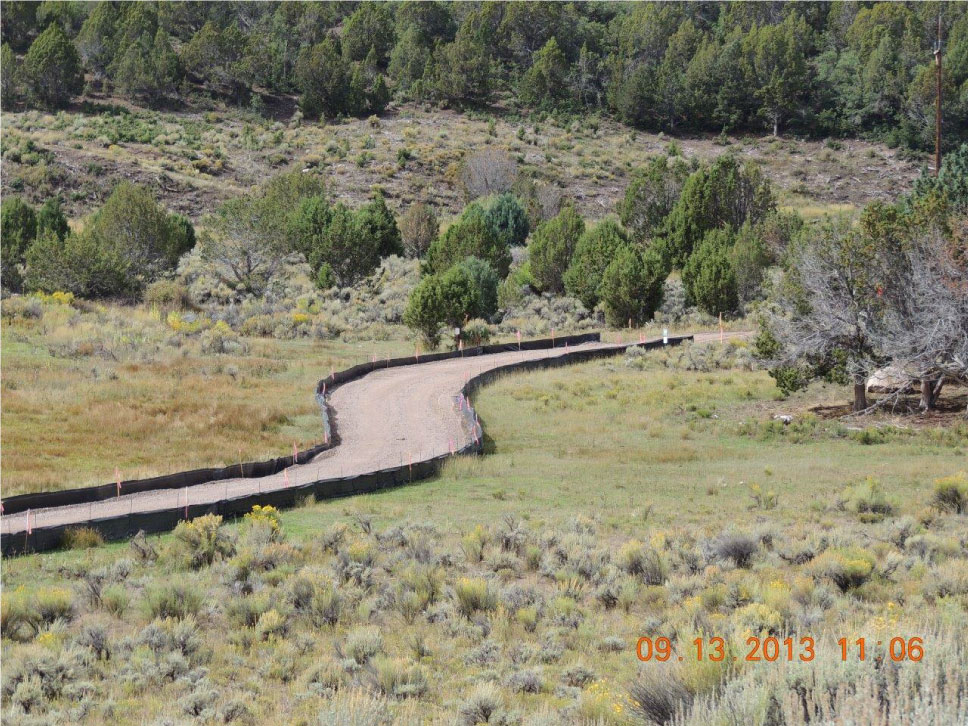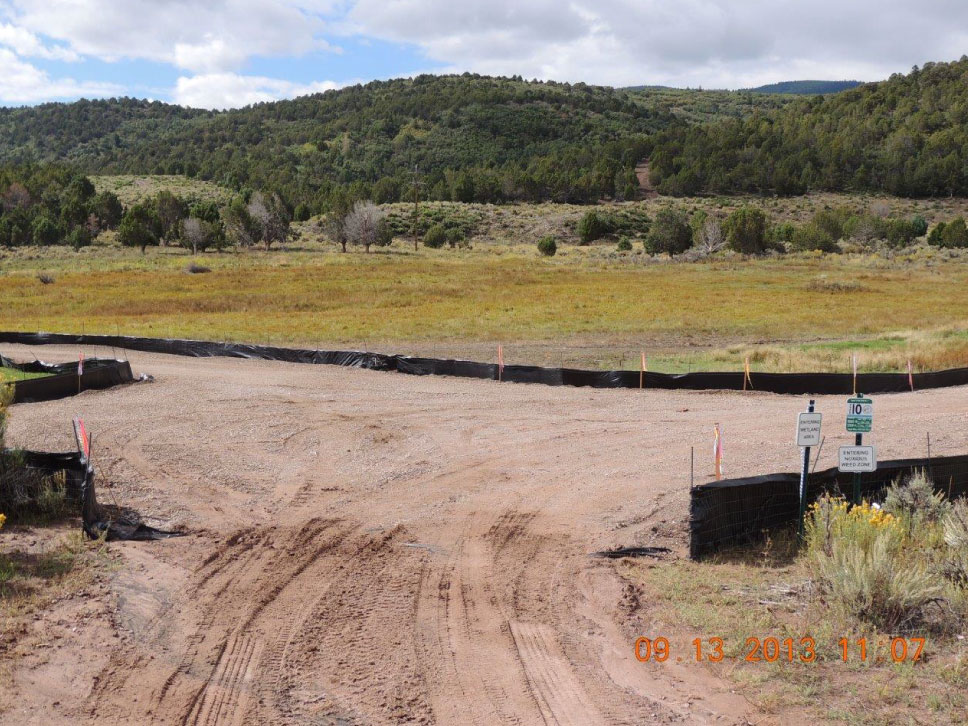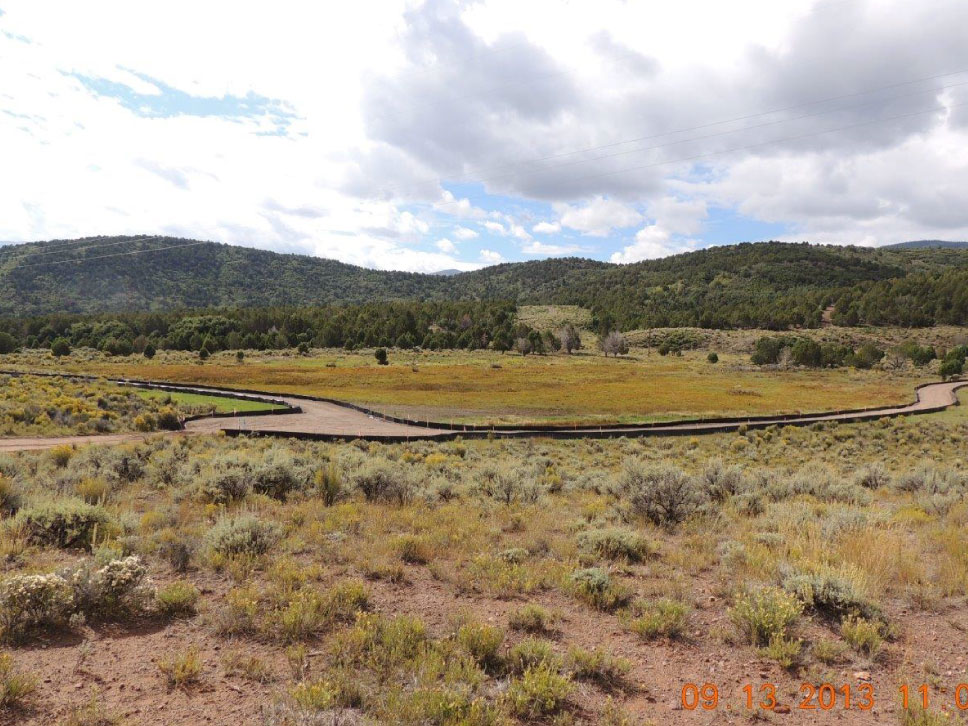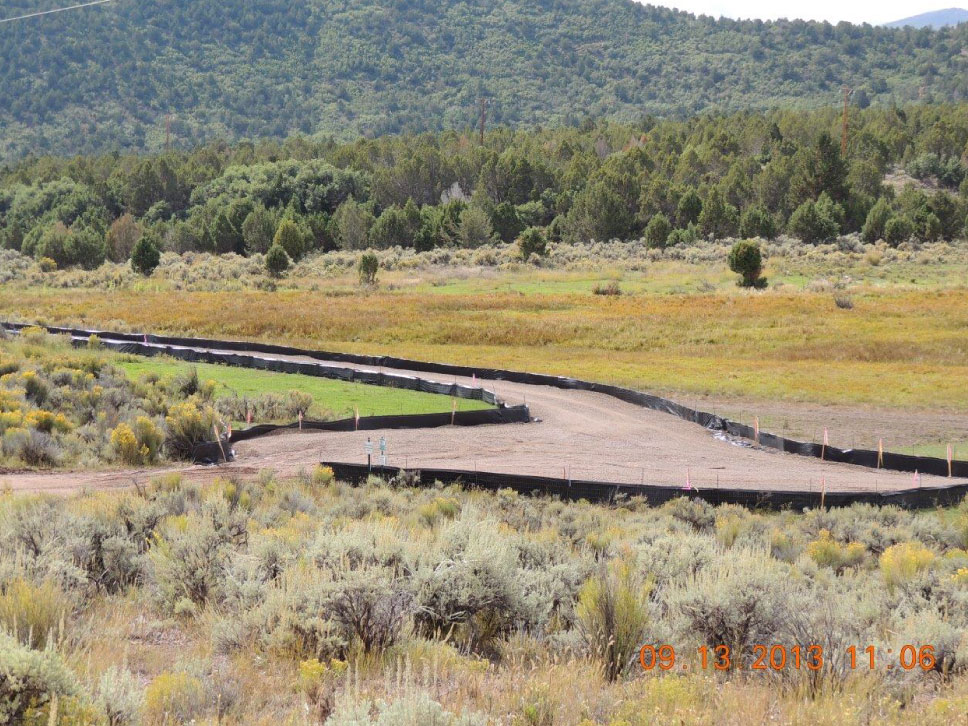EEG WINS OK FROM FEDS TO KEEP CONSTRUCTION MOVING
EEG helped PacifiCorp efficiently and safely comply with environmental challenges associated with constructing the 168-mile Sigurd to Red Butte 345-kV Transmission Line in southern Utah. The engineering, procurement and construction (EPC) project took place in environmentally sensitive areas administered by the Bureau of Land Management (BLM), U.S. Forest Service and state owned and private property. This environmentally complex project totaled 792 structures, traversed five counties and included designated habitat for special status wildlife and plants, wetland and riparian areas and control of noxious weeds. EEG coordinated conservation measures with the BLM and Forest Service for sensitive areas during pre‑construction, construction and restoration.
Project design and mitigation measures for this project included educating project personnel about:
- sensitive species (e.g., bald eagles, pronghorn, Utah prairie dog, southwestern, wild horses, Ute lady’s tresses, Ward’s beardtongue, Elsinore buckwheat and more.)
- activities restricted to designated work areas,
- processes for notifying biological monitors of any encounter with sensitive wildlife,
- exclusion zones adjacent to work sites,
- construction site materials and excavation practices for avoiding wildlife prior to commencing each day’s work, and
- complying with speed limits and prohibitions on interacting with wildlife.
EEG developed and wrote a wildlife management plan for authorities who approved a construction extension.
Client
PacifiCorp (MidAmerican Energy Holdings Co.)
Date
November 2013 to September 2015
Location
Utah


Anticipating and overcoming potential delays
During routine pre-construction wildlife surveys, EEG discovered Utah prairie dogs on the site. EEG gained approval from the U.S. Fish and Wildlife Service to keep construction on schedule, and accolades, by charting a way forward with surveys, extra BMPs and environmental personnel on-site to meet everyone’s concerns. As the timetable for the project unfolded, construction managers knew they would need to work during winter months to complete the transmission line on time. To make sure this work could continue in a protected winter habitat, EEG carefully researched, developed and wrote a cogent wildlife management plan and submitted it to authorities who approved a construction extension. EEG also developed a detailed avian plan, including protocols for protecting nests, to minimize potential impact from construction to the abundant and diverse birds located in and around the transmission line project.
Versed in federal, state and local regulations for wetlands, more
Along with surveying and delineating wetlands within the construction zone, EEP obtained permits to add to a Stormwater Pollution Prevention Plan, or SWPPP. EEG collaborated extensively with construction crews, project environmental representatives, the Forest Service, U.S. Army Corps of Engineers and the BLM to pinpoint and specifically tailor measures for each job site that minimized disturbing and/or damaging nature, including its flora and fauna.
As part of its approach to protecting the project area’s wetlands, EEG’s activities included: planning and guidance on clearing of trees outside seasonal restrictions for wildlife; obtaining permits (e.g., Clean Water Act Sections 404 and 401); ensuring construction and refueling took place during optimal times, conditions and distance from protected areas; and verifying that the installation, maintenance and removal of controls for sediment were in line with the SWPPP.

This was the largest wetland area on the SRB Project and provided important habitat for wildlife and plants. A pair of red-tailed hawks nested nearby and hunted prey in the area. Migratory songbirds were also abundant in the area.

In order to prevent an infestation of noxious weeds to this sensitive resource area, it was mandatory that all vehicles and equipment to be washed prior to entry. A weed wash station was located downslope, on a paved road, and away from this area.
Gone but not forgotten
EEG botanists also led the effort to control and/or eradicate a number of species of noxious weeds throughout the transmission line project area. Botanists surveyed the area, located and treated weeds before, during and for five years after construction. As part of the surveys, EEG worked with the Utah Weed Control Association to map newly discovered populations of noxious weeds and set a course for controlling some and permanently eradicating others.

